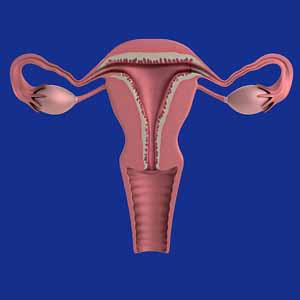 Smart Citations
Smart CitationsSee how this article has been cited at scite.ai
scite shows how a scientific paper has been cited by providing the context of the citation, a classification describing whether it supports, mentions, or contrasts the cited claim, and a label indicating in which section the citation was made.
Evaluation of the diagnostic accuracy of the cervical biopsy under colposcopic vision
This study was conducted to evaluate the diagnostic accuracy of the cervical biopsy under colposcopic vision. This retrospective study was performed on 190 women, who were selected from a total of 412 cases referring for colposcopy in one year. All patients underwent colposcopy and loop electrosurgical excision procedure (LEEP). After the investigation of demographic characteristics and data confirmation, colposcopic characteristics were examined. Then, the diagnostic indicators and diagnostic accuracy of the cervical biopsy under colposcopic vision were determined. The mean age of patients was 35.51± 5.91 years. In smokers, the percentage of cancer and CIN3 cases was higher than in normal individuals, and this difference was statistically significant in terms of the frequency of cancerous lesions (P = 0.2). A comparison of colposcopic biopsy with LEEP has shown that the frequency of advanced cases in LEEP has been detected more, and the correlation coefficient (kappa) indicated the weak agreement between the findings of colposcopically directed biopsy (CDB) and LEEP methods. (k = 0.23). The diagnostic accuracy of the cervical biopsy under colposcopic vision for cervical cancer is effectively high. It is recommended that this procedure be performed to diagnose cancerous lesions; however, contrary to what is seen in colposcopy, malignant cases may be spreading and follow-up of patients can affect therapeutic performance.
Downloads
Citations
10.3389/fonc.2024.1423782
10.47993/gmb.v47i1.757
10.3389/fonc.2024.1346336
How to Cite

This work is licensed under a Creative Commons Attribution-NonCommercial 4.0 International License.
PAGEPress has chosen to apply the Creative Commons Attribution NonCommercial 4.0 International License (CC BY-NC 4.0) to all manuscripts to be published.

 https://doi.org/10.4081/ejtm.2022.10670
https://doi.org/10.4081/ejtm.2022.10670




